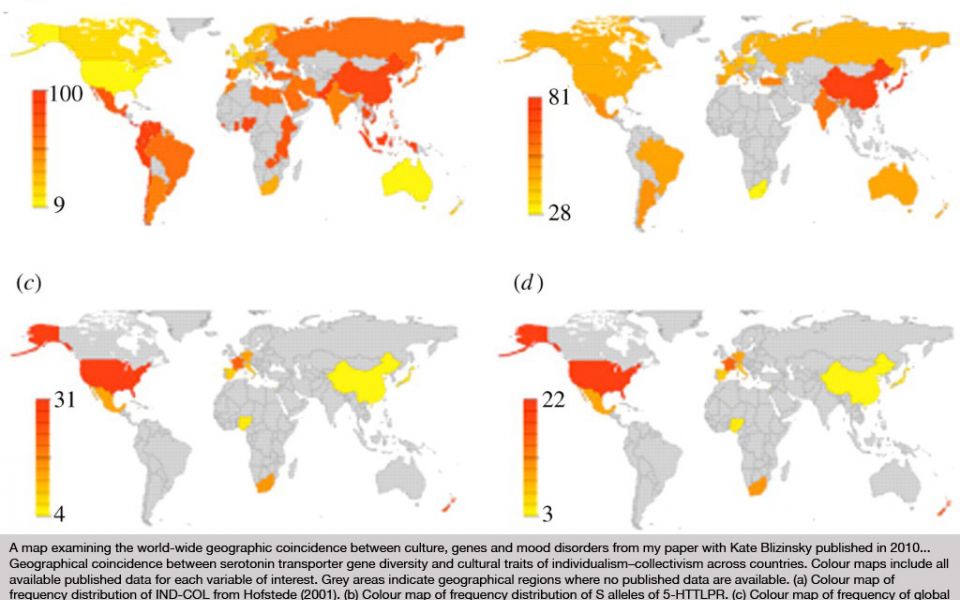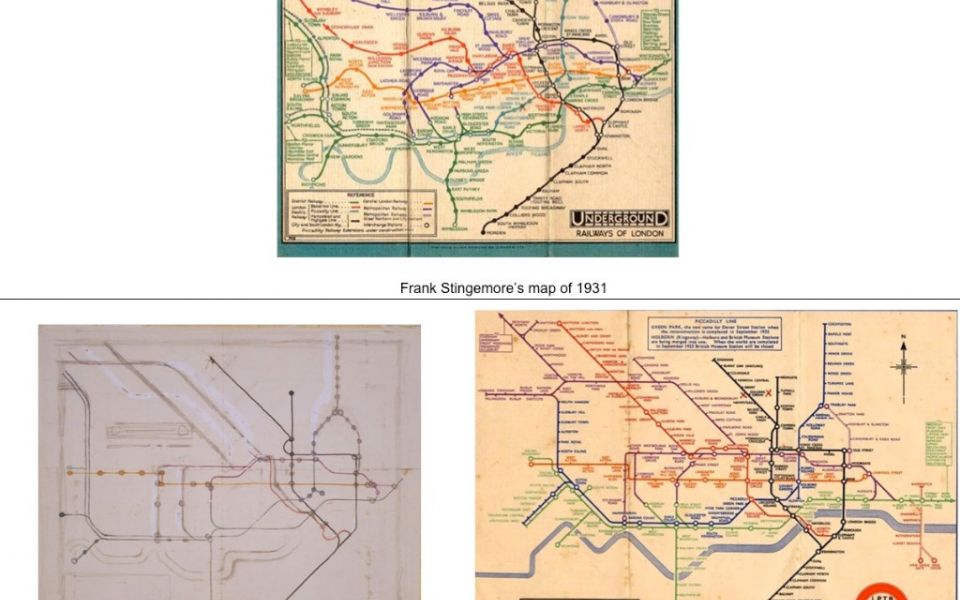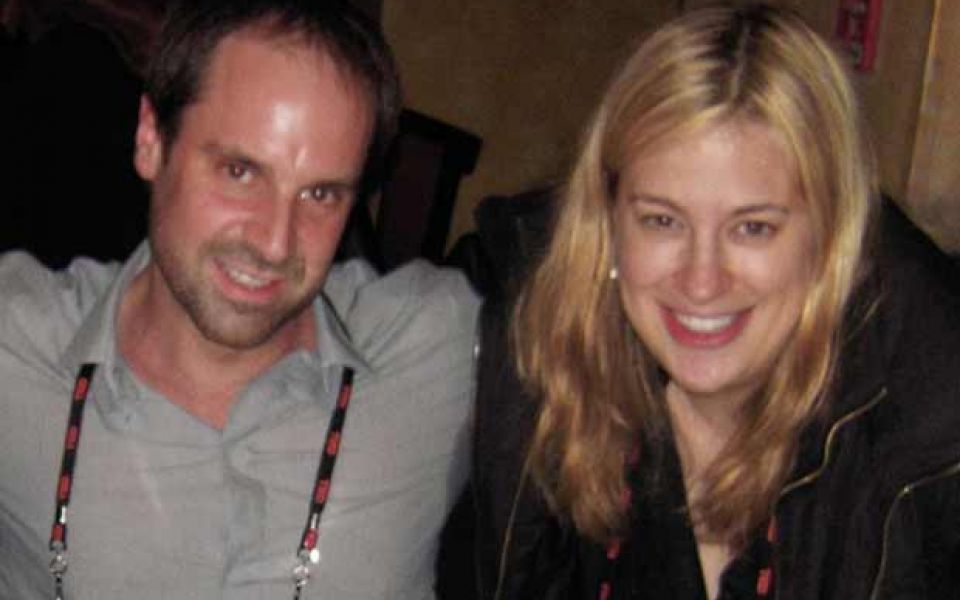:
Event: Edge@TED 2010
Event: THE EDGE "BILLIONAIRES' DINNER" 2011
Nathan Myhrvold, Intellectual Ventures
Event: Edge-Serpentine Gallery-MAPS FOR THE 21ST CENTURY
Conversation: Serpentine Gallery ~ Edge: Map Marathon
The first Harry Beck London Underground map?While I have no special map of my own, I recommend posting the first Harry Beck London Underground map. It was the world's first topological map. Beck trained in electronics as a young man, hence the circuit board appearance. I am attaching 3 ppt slides showing the London Underground railway map before Beck, Beck's first sketch of a new diagram (he always called it a 'Diagram' not a 'map'), and his first finished map of 1933. Stingemore's map made travel seem complicated and journeys looked very long (most of the stations couldn't even fit on the map!). People weren't using the Underground because of that and it was heading for financial disaster. Beck's map solved all these problems. He enlarged the crowded inner regions, brought in the outer regions, had all lines horizontal, vertical or 45 degress, and beautifully solved the problem of representing exchange stations. Besides being one of the world's iconic design classics, its sociological impact on London was huge: it defined the way most people think of the layout of London as well as the house price contours. Whereas Stingemore's maps were geographical, Beck's were not. He didn't try to represent where stations really were geographically. All that mattered were the links to other stations — and when you are under the ground all that does matter is the next station. If you draw a map on a large rubber sheet then a topologically equivalent map is created by stretching the sheet in any way you like without tearing it. The links will all be preserved but the distances between stations on the sheet will change. Beck's was the first map of this sort.
Event: THE EDGE "BILLIONAIRES' DINNER" 2009
Jeff Skoll, Participant Media; Lori Park , Google





